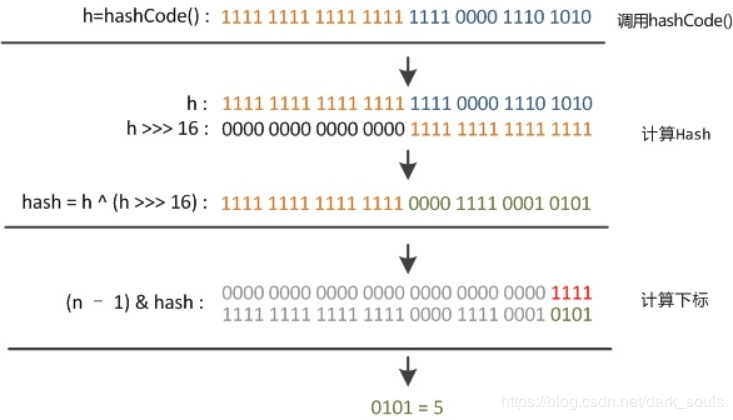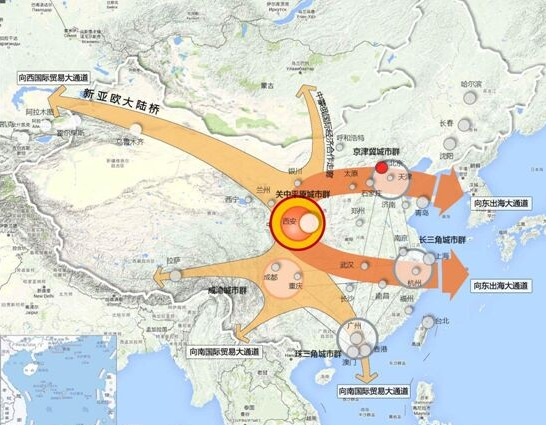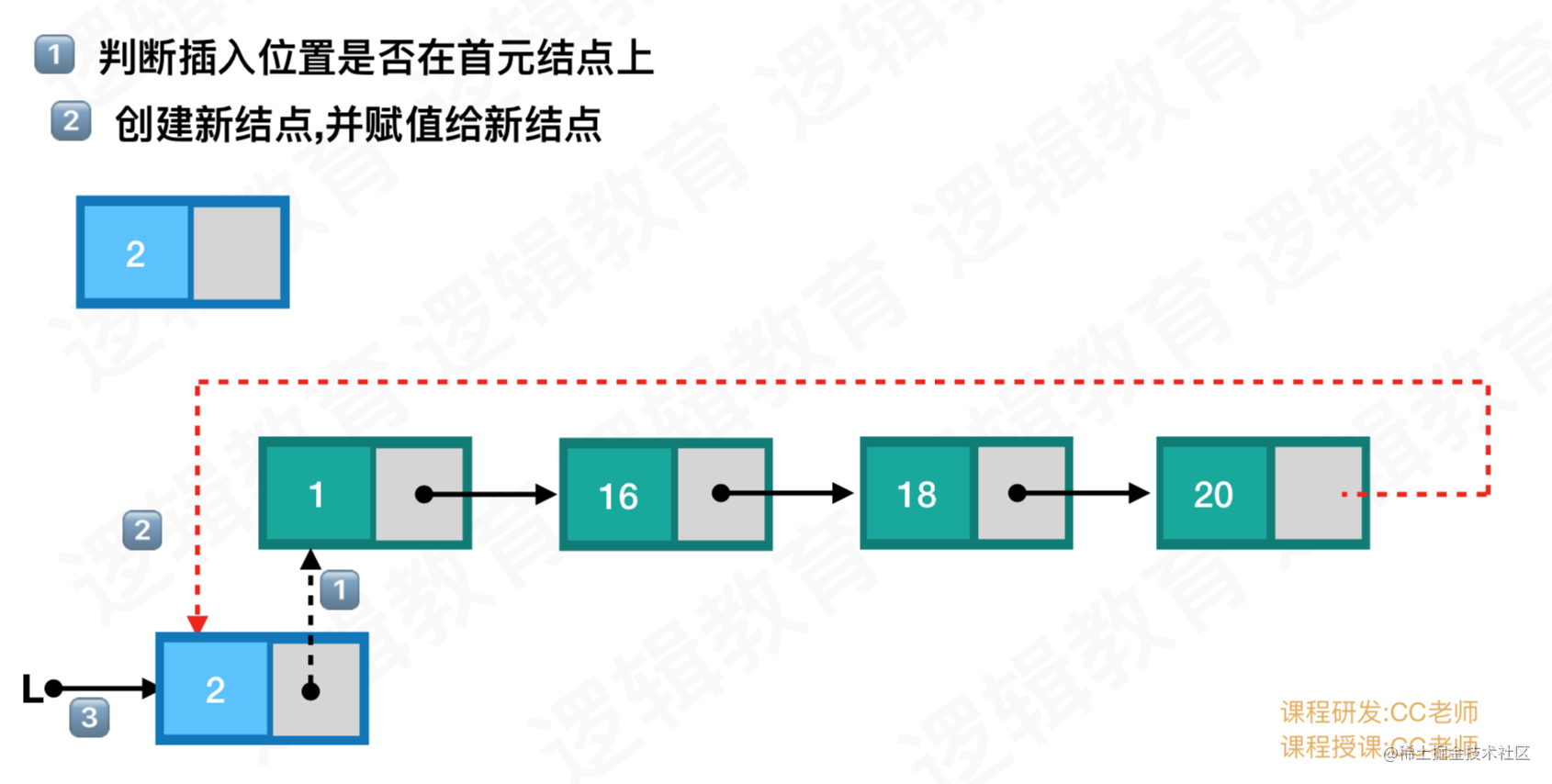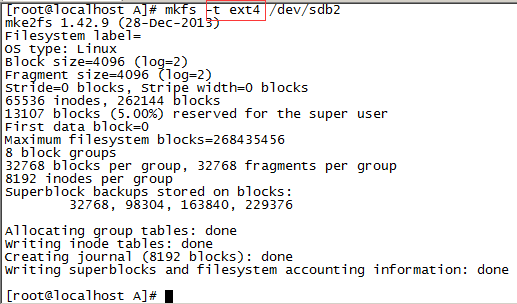多种单链表反转面试题总结
1、反转单链表:
代码如下:
/** 翻转链表(遍历) * 从头到尾遍历原链表,每遍历一个结点,* 将其摘下放在新链表的最前端。* 注意链表为空和只有一个结点的情况。时间复杂度为O(n)*/public static ListNode reverseNode(ListNode head){// 如果链表为空或只有一个节点,无需反转,直接返回原链表表头if(head == null || head.next == null)return head;ListNode reHead = null;ListNode cur = head;while(cur!=null){ListNode reCur = cur; // 用reCur保存住对要处理节点的引用cur = cur.next; // cur更新到下一个节点reCur.next = reHead; // 更新要处理节点的next引用reHead = reCur; // reHead指向要处理节点的前一个节点}return reHead;}2、以K个为一组反转单链表,最后不足K个节点的部分也反转
/*** 分组反转单链表,最后不足K个节点的部分也反转* @param head* @param k* @return*/public static ListNode reverseKgroup(ListNode head, int k) {if (head == null)return head;ListNode cur = head;ListNode reHead = null;int count = 0;/* Reverse first k nodes of linked list */while (count < k && cur != null) {ListNode reCur = cur;cur = cur.next;reCur.next = reHead;reHead = reCur;count++;}/** cur is now a pointer to (k+1)th node Recursively call for the* list starting from current. And make rest of the list as next of* first node*/if (cur != null)head.next = reverseKgroup(cur, k);return reHead;}举例解释:
输入的原始单链表为3-5-6-9-7-2-1-12,其中K为3;
经过第一次while循环,单链表变为6-5-3-9-7-2-1-12。此时跳出while循环是因为count
经过第二次while循环,单链表为6-5-3-2-7-9-1-12。此时跳出while循环是因为count
第三次循环,跳出while是因为cur==null了,直接返回,此时指向了12。
可以看出,K个为一组反转单链表,核心代码还是常规的如何反转单链表。
3、以K个为一组反转单链表,最后不足K个节点的部分不反转
这是一道原题:#/
思路:核心代码还是反转常规的单链表,不过此题需要加上节点数量的判断,当节点数目不足K个时,不进行反转操作,直接返回。
/*** 分组反转单链表,最后不足K个节点的部分不反转* @param head* @param k* @return*/public static ListNode reverseKgroups(ListNode head, int k) {if (head == null)return head;ListNode cur = head;ListNode reHead = null;int count = 0;if (getSize(cur) >= k) {/* Reverse first k nodes of linked list */while (count < k && cur != null) {ListNode reCur = cur;cur = cur.next;reCur.next = reHead;reHead = reCur;count++;}/** cur is now a pointer to (k+1)th node Recursively call for the* list starting from current. And make rest of the list as next of* first node*/if (cur != null)head.next = reverseKgroups(cur, k);return reHead;}return cur;}统计节点数目函数如下:
/*** 统计该节点之后的节点数量* @param head* @return*/public static int getSize(ListNode head) {int count = 0;ListNode curNode = head;while (curNode != null) {count++;curNode = curNode.next;}return count;}AC结果如下:
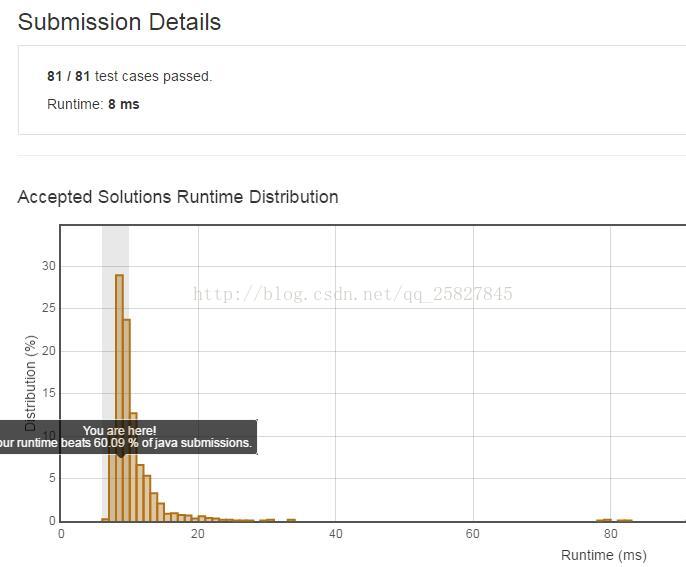
总结:
各个形式的反转单链表,最重要的理清楚head、和cur三个节点的关系,通过核心代码和方法的递归来实现分组反转。
附上完整代码:
public class Main {public static void main(String[] args) {ListNode head = new ListNode(3);ListNode node1 = new ListNode(5);ListNode node2 = new ListNode(6);ListNode node3 = new ListNode(9);ListNode node4 = new ListNode(7);ListNode node5 = new ListNode(2);ListNode node6 = new ListNode(1);ListNode node7 = new ListNode(12);head.next = node1;node1.next = node2;node2.next = node3;node3.next = node4;node4.next = node5;node5.next = node6;node6.next = node7;printList(head);
// printList(reverseNode(head));
// printList(reverseKgroups(head, 3));printList(reverseKgroup(head, 3));}// 打印链表的方法,方便test函数public static void printList(ListNode head) {while (head != null) {System.out.print(head.val + " ");head = head.next;}System.out.println();}/*** 分组反转单链表,最后不足K个节点的部分不反转* @param head* @param k* @return*/public static ListNode reverseKgroups(ListNode head, int k) {if (head == null)return head;ListNode cur = head;ListNode reHead = null;int count = 0;if (getSize(cur) >= k) {/* Reverse first k nodes of linked list */while (count < k && cur != null) {ListNode reCur = cur;cur = cur.next;reCur.next = reHead;reHead = reCur;count++;}/** cur is now a pointer to (k+1)th node Recursively call for the* list starting from current. And make rest of the list as next of* first node*/if (cur != null)head.next = reverseKgroups(cur, k);return reHead;}return cur;}/*** 分组反转单链表,最后不足K个节点的部分也反转* @param head* @param k* @return*/public static ListNode reverseKgroup(ListNode head, int k) {if (head == null)return head;ListNode cur = head;ListNode reHead = null;int count = 0;/* Reverse first k nodes of linked list */while (count < k && cur != null) {ListNode reCur = cur;cur = cur.next;reCur.next = reHead;reHead = reCur;count++;}/** cur is now a pointer to (k+1)th node Recursively call for the* list starting from current. And make rest of the list as next of* first node*/if (cur != null)head.next = reverseKgroup(cur, k);return reHead;}/*** 统计该节点之后的节点数量* @param head* @return*/public static int getSize(ListNode head) {int count = 0;ListNode curNode = head;while (curNode != null) {count++;curNode = curNode.next;}return count;}/** 翻转链表(遍历) 从头到尾遍历原链表,每遍历一个结点, 将其摘下放在新链表的最前端。 注意链表为空和只有一个结点的情况。时间复杂度为O(n)*/public static ListNode reverseNode(ListNode head) {// 如果链表为空或只有一个节点,无需反转,直接返回原链表表头if (head == null || head.next == null)return head;ListNode reHead = null;ListNode cur = head;while (cur != null) {ListNode reCur = cur; // 用reCur保存住对要处理节点的引用cur = cur.next; // cur更新到下一个节点reCur.next = reHead; // 更新要处理节点的next引用reHead = reCur; // reHead指向要处理节点的前一个节点}return reHead;}}
class ListNode {int val;ListNode next;ListNode(int x) { val = x; }
}如果对你有帮助,记得点赞哦~欢迎大家关注我的博客,可以进群一起交流学习哦~
